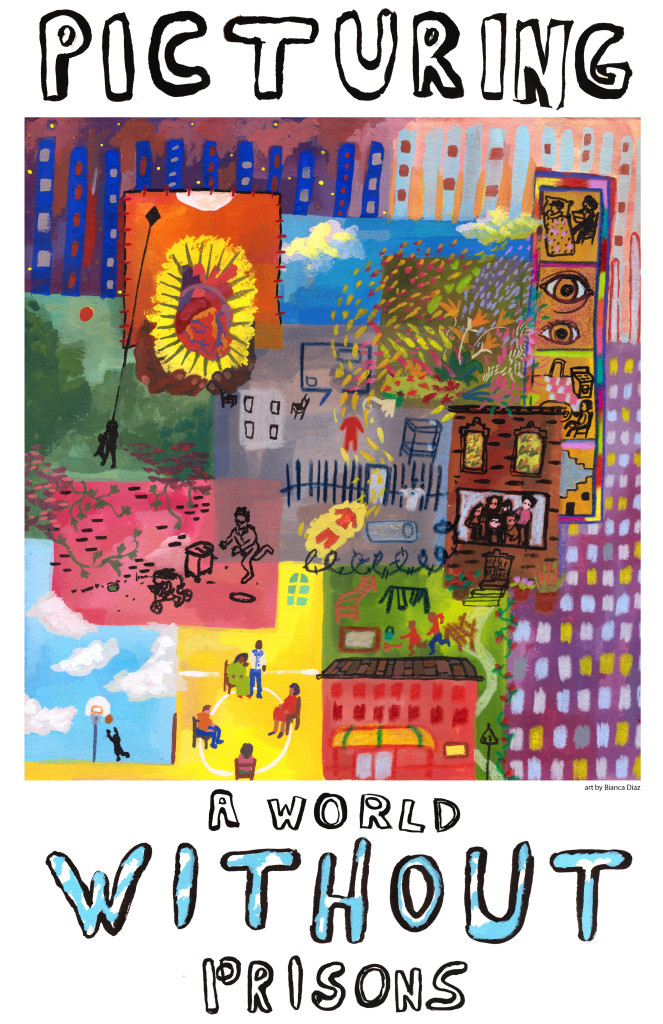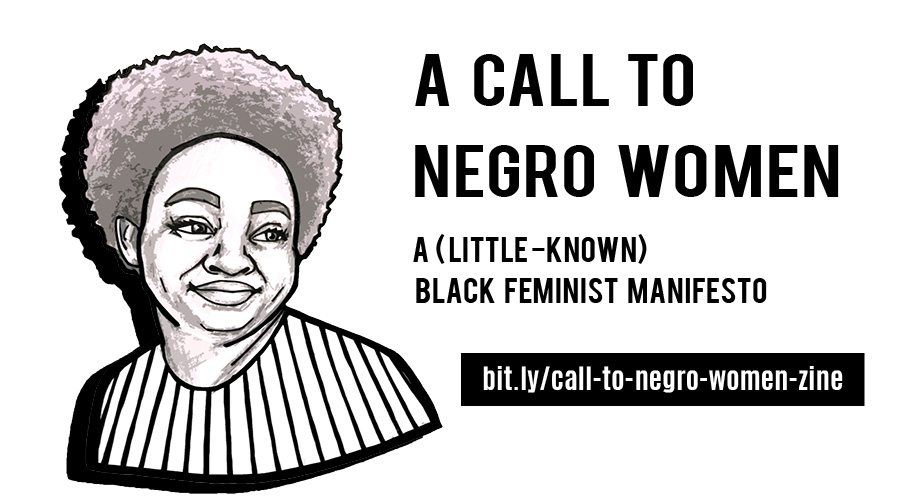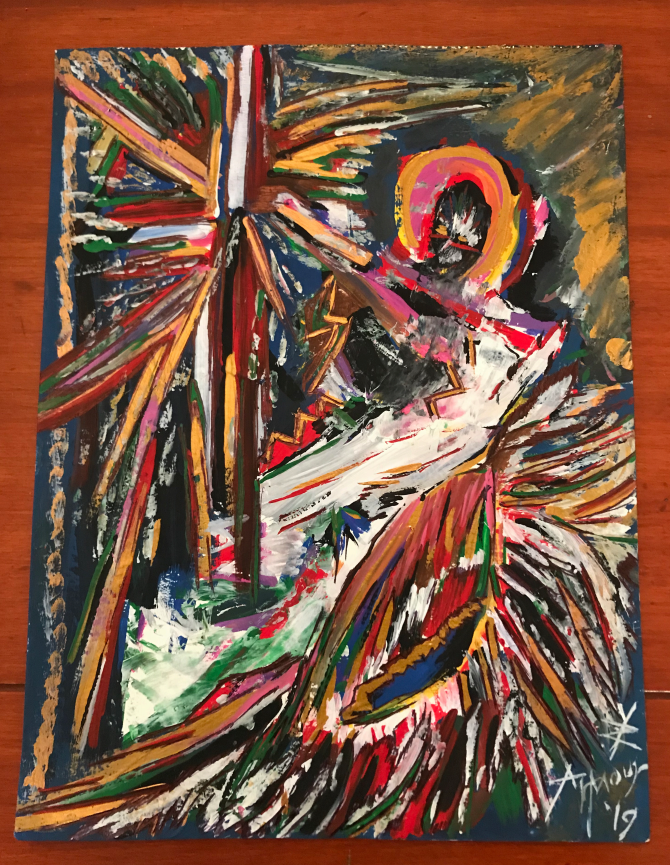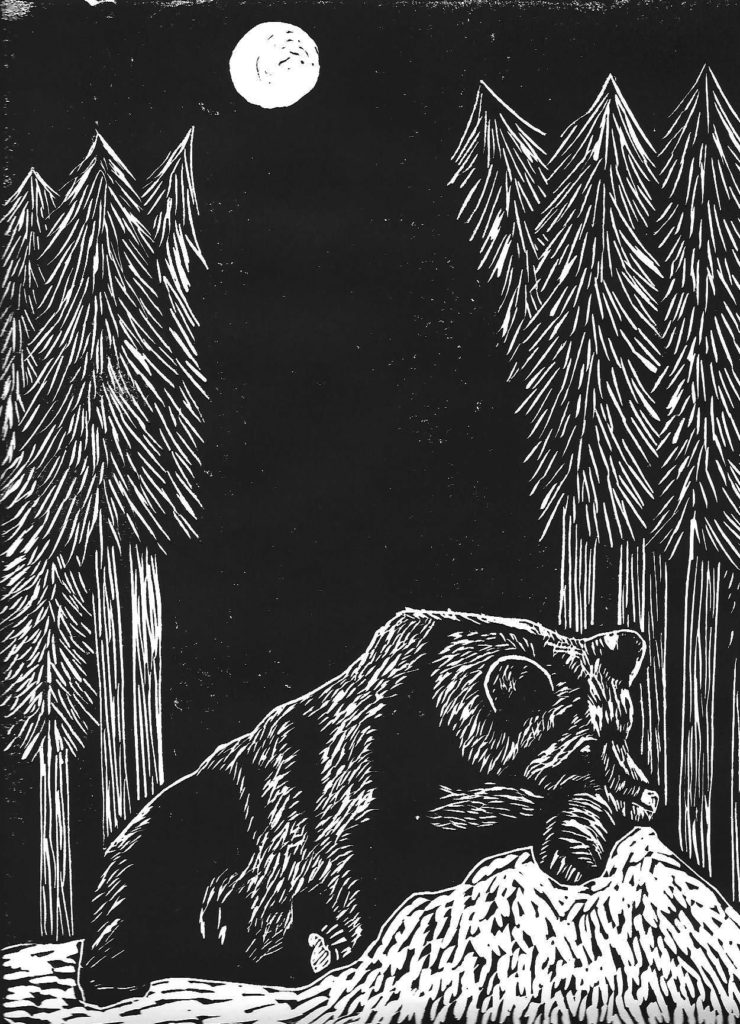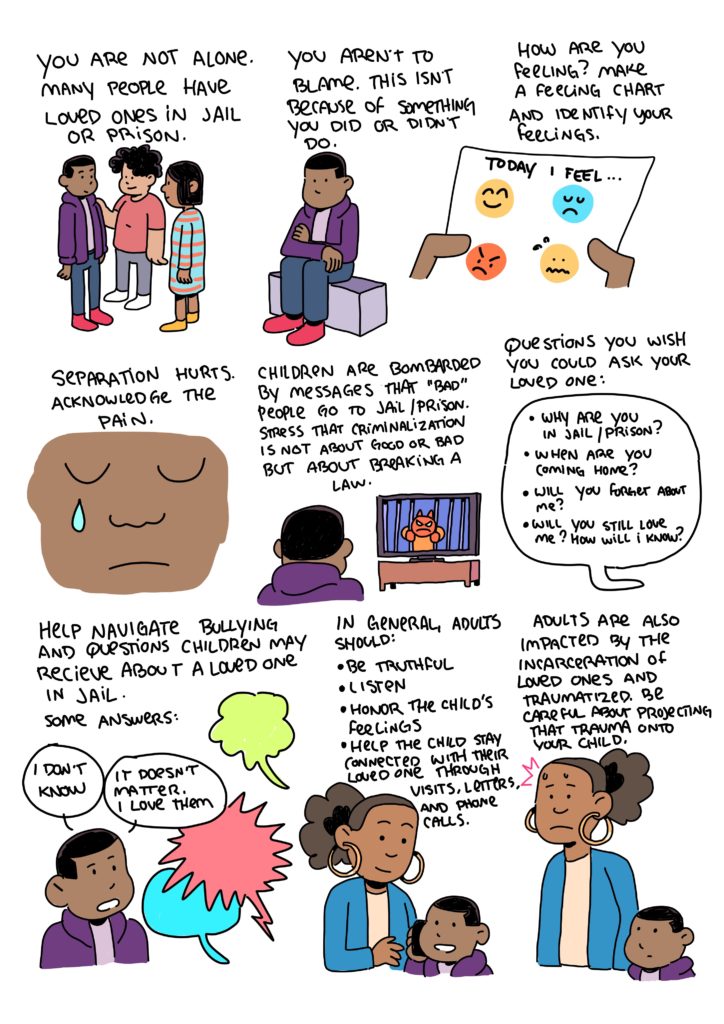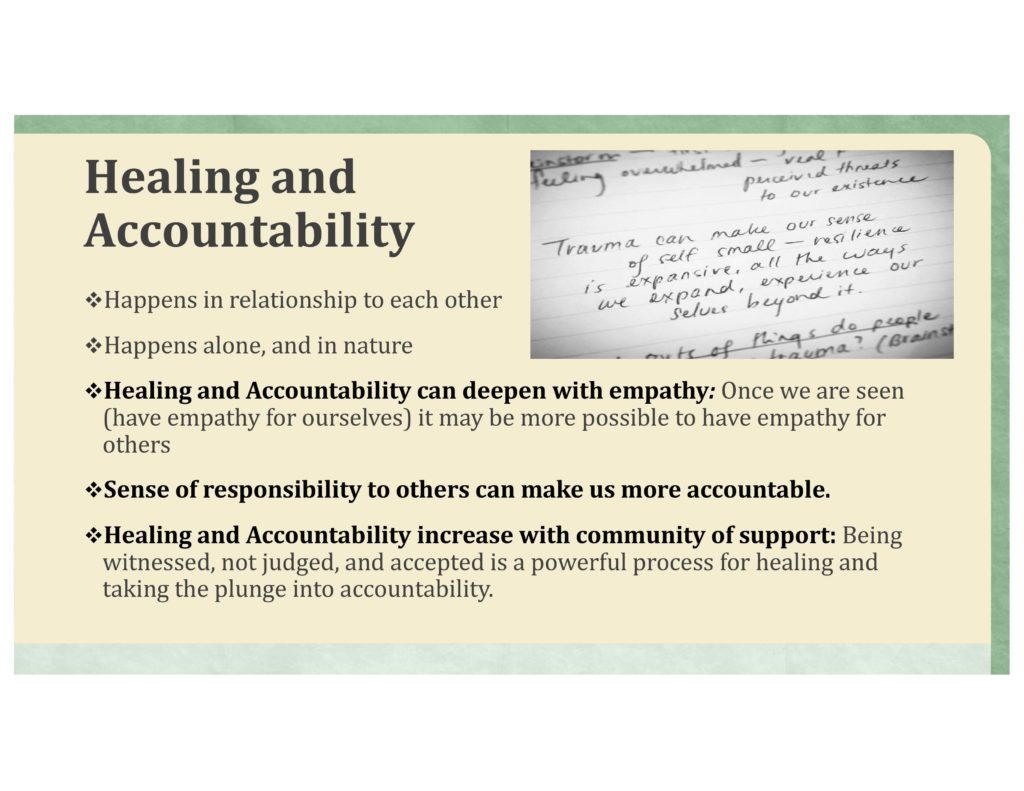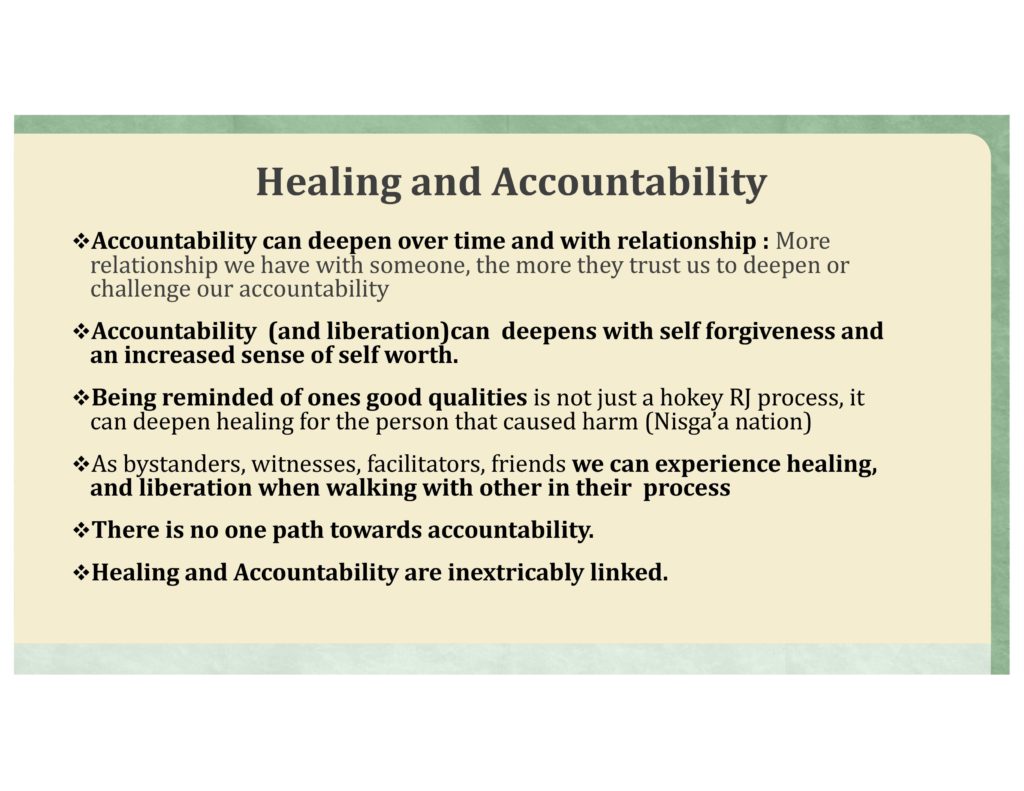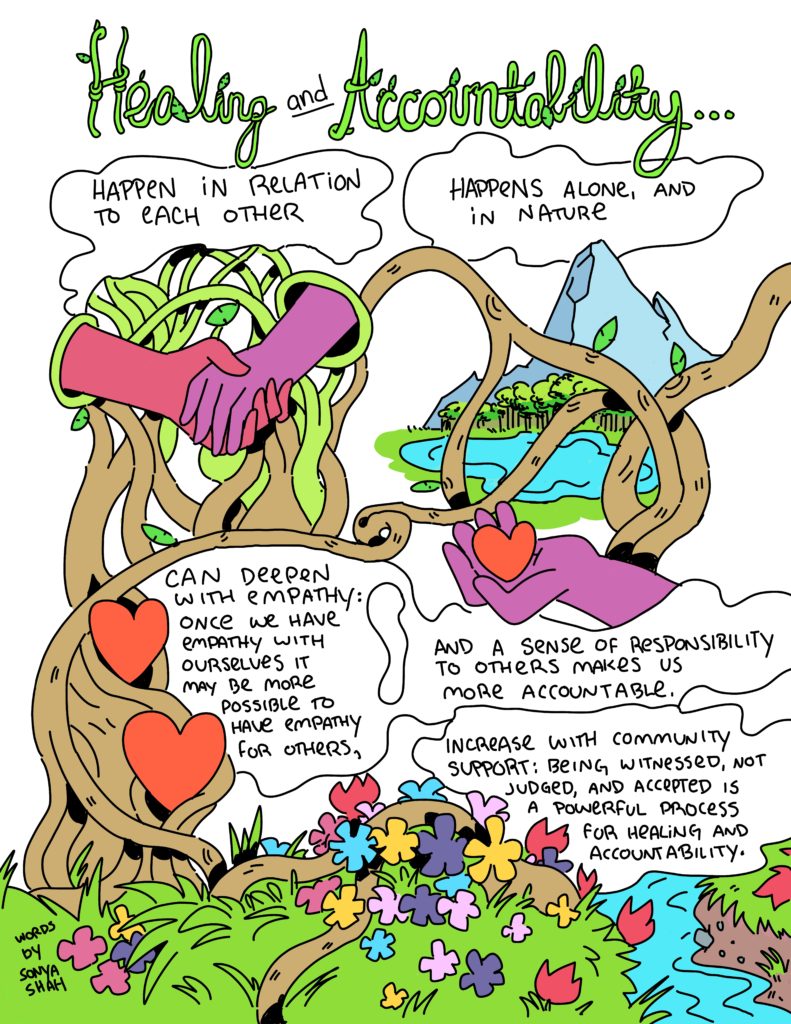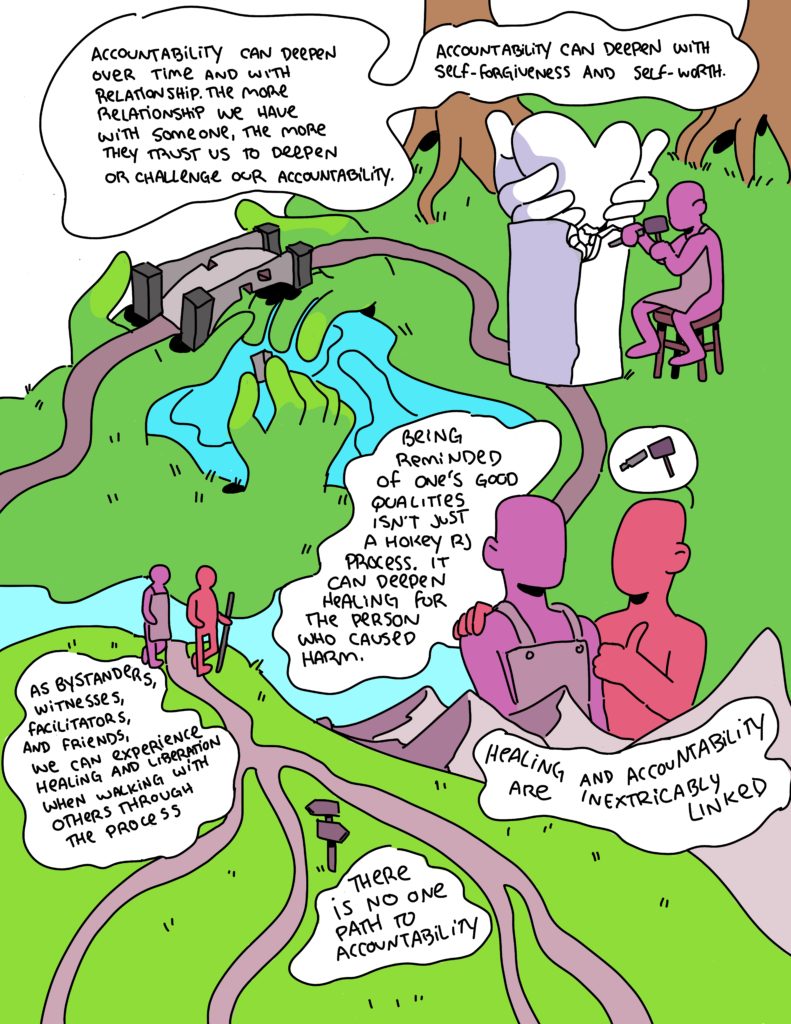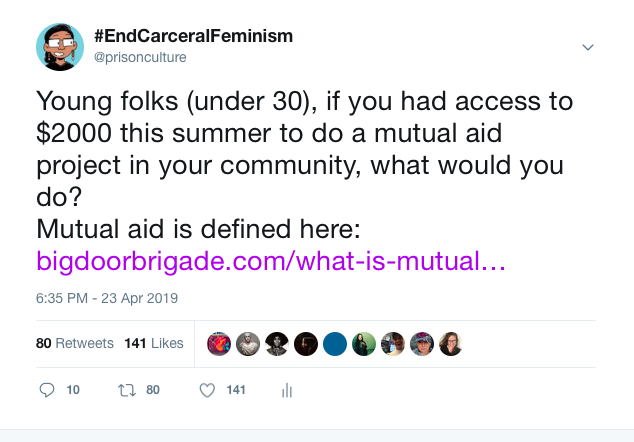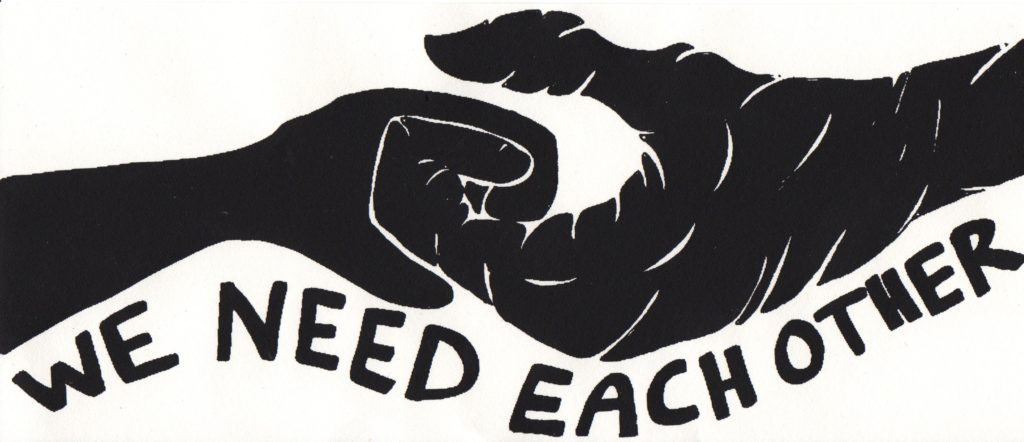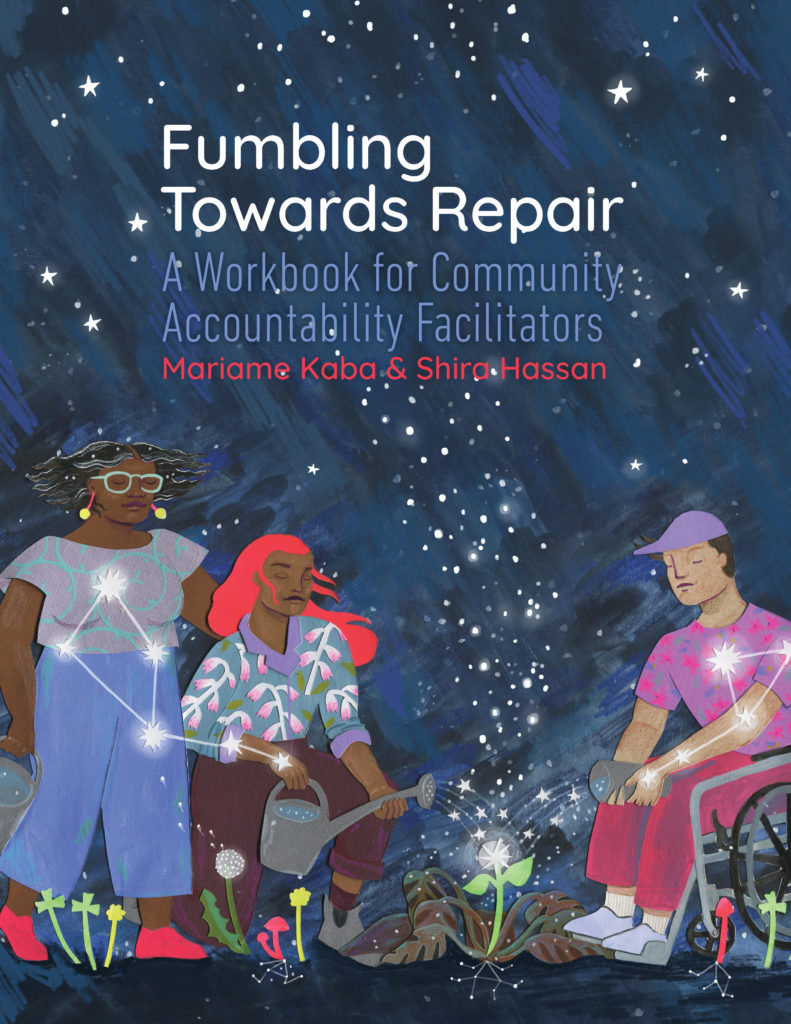New Zine: Letter to the Anti-Rape Movement
I first read the “Letter to the Anti-Rape Movement” from Santa Cruz Women Against Rape in the mid-1990s. It was a balm. I was already becoming disenchanted with the funded anti gender-based violence field. The survivors I was working with consistently rejected what we were offering, which were mainly legal solutions. That open letter sent me down a rabbit hole to learn more about the actual history of anti-rape and anti-domestic violence organizing. I learned that at every point in history ideas were contested. One side won and others lost. History did not play out as a series of waves but rather as contests and fights.
Currently in this #MeToo moment, there is a renewed interest in sexual violence by some members of the public. I welcome the interest. It’s important however to learn from the past and to avoid past mistakes. We will not end rape through criminalization. The women of Santa Cruz Women Against Rape warned us of this in 1977. I wanted to make this zine to introduce the open letter to a new generation of activists, organizers, and workers who may not yet have encountered it. I invite everyone who encounters this publication to read the letter and discuss it with your communities. What resonates with you about the letter? What is surprising to you? What is still relevant today? What feels dated to you? If you were to write an open letter to the anti-rape movement today, what would you say?
I’m so grateful to my friend & collaborator Hope Dector (who is the Creative Director at the Barnard Center for Research on Women) for designing this zine. It’s so beautiful. Thanks to my friend Jes Skolnik for offering a few words in closing. It’s gorgeous. Thanks also to Aim Ren Beland for some of the illustrations in the zine. Finally, thanks to my friends Rachel Caidor and Vikki Law for their helpful edits.
View the zine online at Issuu and download a print version of the zine here. You can also listen to remarks I delivered in March at UCLA focusing in part on the Letter to the Anti-Rape Movement below.
